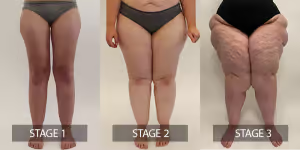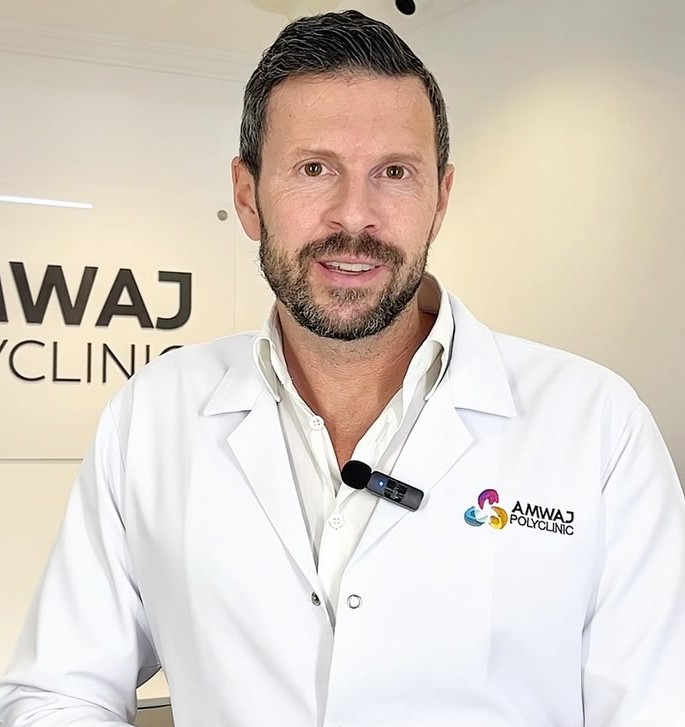Lipedema – A Medical or Aesthetical Condition And How To Treat It

Lipedemais the accumulation and swelling of fat cells in the hips and thighs, having no relation with the rest of the body.
It commonly affects wide-legged women with cellulite and involves the buttocks, thighs and calves, but also the arms and other main parts of the body.
Is Lipedema a medical condition?
Lipedemais a chronic condition of symmetrical fat accumulation involving the limbs. It tends to be confused with lymphedema, which is the fluid accumulation by lymphatic system alterations.
Lipedema can be classified into different grades, depending on the severity of involvement:

GradeI:The skin surface is regular, although soft, but you can touch small fat nodules.
Grade II: The skin surface is irregular and hard due to increased nodular structure.
Grade III: The skin surface is greasy, especially in the hips and ankles, with many nodules.
Symptoms of Lipedema
Being a chronic condition, the symptoms of lipedema progress silently until they become evident. This means that grade I lipedema can go unnoticed until it reaches the evident grade III.
The main symptom is the enlargement of the legs (97% of cases), arms (37% of cases) or the rest of the body.
It is followed by:
- Swelling
- Hard skin to the touch
- Disproportion of the affected area to the rest of the body
- Worsening of symptoms with menstruation, heat and physical activity They are also worsened by exercise
- The ”Cuff” cup sign when it affects the ankle (Fat accumulated above the ankle)
- Severe pain when pinching the area
- Spider veins, mainly on the lateral inner thigh.
- Increased sensitivity to touch, pressure and cold.
- Decreased skin elasticity, as well as knee and ankle flexion.
Is lipedema the same as obesity?
Society tends to think of when they see fatty legs is that ”that person is obese”. However, there are many points to take into account before categorizing someone as obese.
The first difference is that obesity does not produce discomfort or pain, but lipedema does. The second is that it is very likely to be lipedema if, despite diet and exercise, the fat accumulation does not improve.

In some advanced cases, fat cells may block the lymph nodes and cause lymphedema, which is asymmetric and involves fluid buildup.
Treatments & Possibilities
The non-invasive treatment consists of decongestive therapy, involving two main techniques:
- Manual lymphatic drainage and stretching.
- Wrapping techniques with stretch bandages or custom-fitted pantyhose.
This is in addition to lifestyle changes such as regular exercise to improve the way your legs work.
The invasive lipedema treatment is liposuction, a surgery that removes fat but not the conventional one. Wet-jet-assisted liposuction is the best technique because it causes less damage during the process, and in the case of severe lipedema, it does not compromise the blood and lymphatic vessels.
Why Thousands of Patients Choose Dr. Sebastian Michel for Lipedema Treatment
Dr. Sebastian has successfully completed 1,000 Lipedema surgeries and counting. It’s a testament to his expertise, precision, and commitment to patient care.
Dr. Sebastian Michel is a highly qualified German Board Certified Plastic Surgeon specializing in lipedema treatment.
He completed his medical studies at the Julius-Maxim

Schedule a consultation today with the Amwaj Polyclinic award-winning team.
📞 Call or WhatsApp us now to schedule your consultation and start your journey to relief and confidence.








